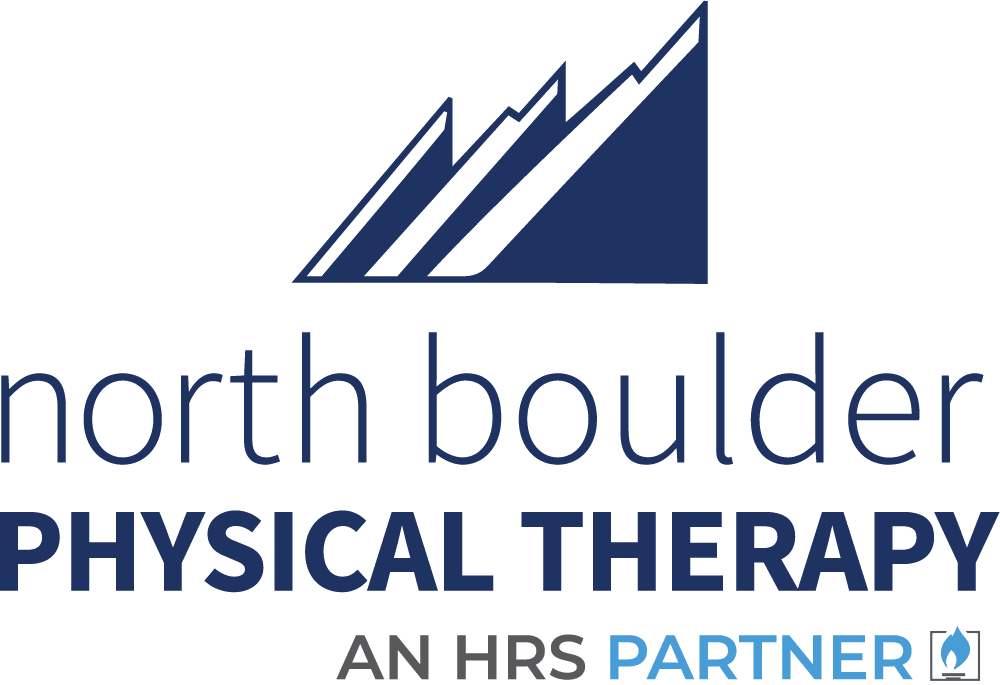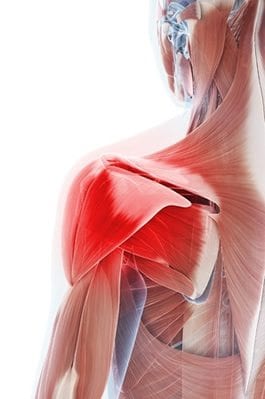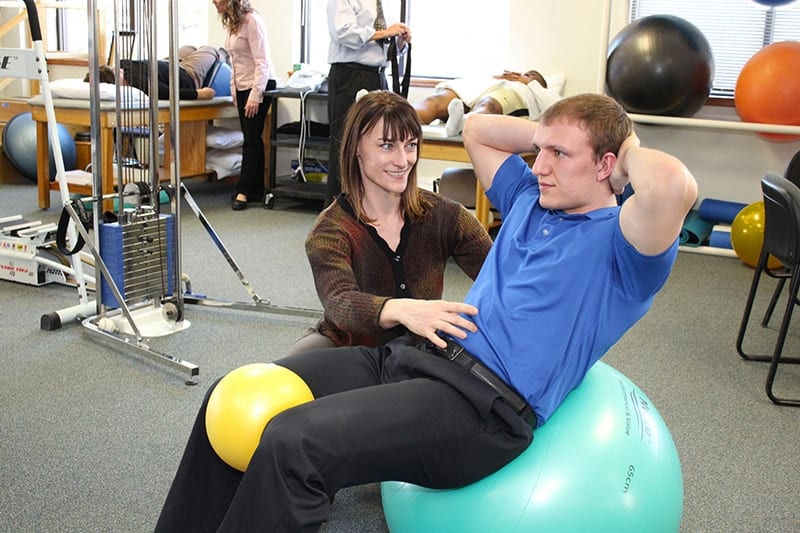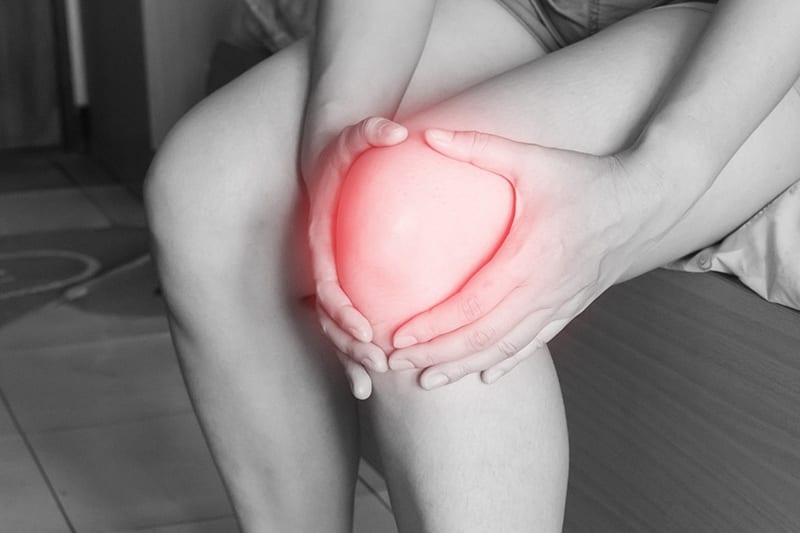 Do you suffer from shoulder pain due to an injury, overuse, or surgery? Our team of specialists at North Boulder Physical Therapy offer physical therapy for shoulder pain and can put together an individualized plan with the goal of making your shoulder stronger and more mobile. We’ll help you work towards restoring the use of the injured or repaired shoulder so that you can more quickly return to your job and simply enjoy life without ongoing shoulder pain.
Do you suffer from shoulder pain due to an injury, overuse, or surgery? Our team of specialists at North Boulder Physical Therapy offer physical therapy for shoulder pain and can put together an individualized plan with the goal of making your shoulder stronger and more mobile. We’ll help you work towards restoring the use of the injured or repaired shoulder so that you can more quickly return to your job and simply enjoy life without ongoing shoulder pain.
The Anatomy of a Shoulder
A Very Well article explains how the shoulder is a complex ball and socket joint made up of the arm bone (humerus), the shoulder blade (scapula) and the collarbone (clavicle). In order to be able to reach and move in many directions, the shoulder has to be an extremely mobile joint. Many ligaments help support the shoulder and while muscular attachments move the shoulder.
Causes of Shoulder Pain
• Overuse: There are many activities, such as swimming, painting, or throwing a baseball that may cause the pinching of the rotator cuff or biceps tendons. Sometimes just sitting with poor posture can put an increased stress on the shoulder and cause pain.
• Injuries: Trauma such as falls or auto accidents can also injure the shoulder.
• Surgery: After shoulder surgery, lingering pain can be both bothersome and a hindrance to everyday activities.
Kinds of Shoulder Problems
• Rotator Cuff Tendonitis: The rotator cuff holds the ball of the arm bone in the socket when the arm moved. It’s a group of four muscles that support and move the shoulder. The rotator cuff tendons are attached to the arm bone directly underneath a bony prominence of the shoulder blade. The tendons can get inflamed and sore when they are pinched underneath this bone.
• Biceps Tendonitis: There is a biceps tendon that attaches your biceps muscle in your upper arm to the front of the shoulder. This tendon gives stability to the front of the shoulder but can get pinched by the bony part of the shoulder blade or by ligaments that are attached to the collarbone and shoulder blade.
• Shoulder Bursitis: A bursa is a fluid-filled sac that helps structures in the body glide smoothly over one another. The bursa that lies between the humerus bone and the shoulder blade can be pinched in the shoulder.
• Frozen Shoulder or Adhesive Capsulitis: Frozen shoulder occurs when the shoulder becomes painful and gradually loses motion. This loss of motion can last for up to 18 months. It often leads to a significant loss of function.
• Shoulder Fracture: With significant trauma, the shoulder may fracture. A frequent occurrence is a fracture caused by falling on an outstretched arm. The scapula, the collarbone, and the humerus may be injured.
Treating Shoulder Pain
If your shoulder pain has lasted for more than two to three weeks and you also have significant function loss, you should see your doctor. As your physical therapist, we will work with your doctor to make sure your physical therapy benefits your recovery.
Usually, with shoulder pain, it is recommended for you to rest for two or three days. You should apply ice to the shoulder to help stop inflammation and provide temporary relief. Apply the ice for 15 to 20 minutes. Working with a physical therapist, you may start gentle pendulum exercises which can improve the range of motion of the joint and improve the strength of the rotator cuff muscles which stabilizes the ball in the socket when you lift your arm. By trying to keep your shoulder mobile, you can hopefully avoid a frozen shoulder.
Physical Therapy Helps Relieve Shoulder Pain
Along with the medical information from your doctor, our physical therapists will evaluate and treat your shoulder pain. You will receive an initial evaluation where we will assess your needs and discuss with you the severity of your pain. We will take into account your range of motion and strength of your shoulder, and monitor the quality of your shoulder motion. We will perform tests on the shoulder to determine what is causing your pain. This information along with your doctor’s reports will help us determine what course of treatment to pursue. In addition, you may be instructed on home exercises to help you improve the strength and mobility of your shoulder.
How Long Should the Pain Last?
Normally your shoulder pain should not last longer than about four to eight weeks. With a few weeks of treatment, you should notice an improvement in your pain. But if you still have shoulder pain you may want to follow up with a medical specialist who may be able to provide more invasive treatments like injections or surgery.
Injections and Surgery
If you get an injection in the shoulder, you may want to schedule physical therapy after the injection to help keep your shoulder’s mobility. If you need surgery, we will work with your surgeon’s follow-up care to help you recover. Post-operative physical therapy can help regain normal motion and strength after your surgery.
We know the shoulder is a mobile joint and we depend on it to reach and move in many directions but the mobility it requires makes it susceptible to injury and pain. Our goal is to get your shoulder mobile and strong and reduce your pain.
North Boulder Physical Therapy and Sports Rehabilitation has provided our community and neighbors with the highest quality of physical therapy care in Boulder, Colorado for over 30 years. We can help you get on the right path with physical therapy for shoulder pain. Our therapists will work closely with you to create a unique, holistic program that will enable your shoulder to get stronger and more mobile so you can return to an active life with less pain.
If you’re experiencing shoulder pain from overuse, an injury or trauma, or even a recent surgery, please give our team at North Boulder Physical Therapy a call to schedule an appointment.



